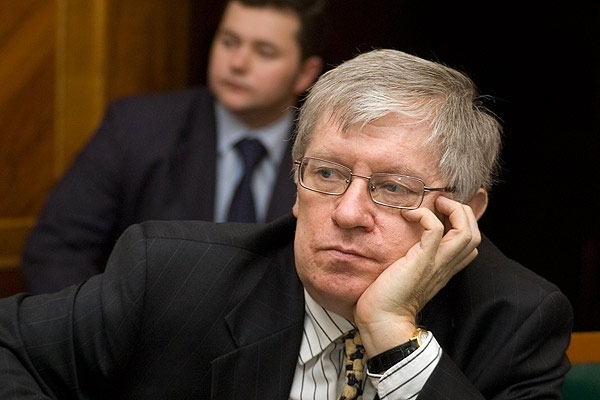Sustainable Development Goals – BRICS countries’ specifics / Leonid Grigoriev
Leonid Grigoriev - Chief Adviser to the Head of the Analytical Center under the Government of the Russian Federation; Tenured Professor, Member of the BRICS Russia Expert Council

© HSE
In 2015 most countries in the world signed the UN Declaration on Sustainable Development Goals (hereinafter, SDGs) and undertook to move toward their realization, but national goals (17 goals and numerous tasks and specific indices) were to be formulated in accordance with their own developmental characteristics. For advanced countries, this is chiefly solution to the accumulated social and environmental problems with an emphasis on mitigation. For most developing countries, this is practically the basis of devising development programs from various, frequently low, levels of development. However, for the BRICS countries, this is a far more important and topical task of a comprehensive approach to their own (catching-up) development. Thanks to the two documents adopted in 2015, UN SDGs and the Paris Agreement on Climate Change (SDGs 13), humanity has, perhaps for the first time, been united not by major principles or rules, but by a uniform framework program. The countries are to formulate its content for themselves.
The transition of the five countries so important to postindustrial society is significant not only for themselves, but also for many other countries connected with them. And this is true not only of trade and economic relations, but also of a wide range of social institutions.
Sustainable development goals (seventeen in all) encompass virtually all major areas of public life, although the degree of detail varies. The BRICS countries share the same interests in many spheres on the world arena, especially as regards maintenance of acceptable rules of world coordination and governance, particularly in the area of finances, trade and international development. For a decade they have already cooperated. As far as the SDGs is concerned, their respective position is somewhat more complicated. There could have hardly been formulated with any degree of uniformity 17 complicated development goals (with over a hundred tasks) for the five BRICS members. It is unlikely to set the same specific levels for our five countries by most of the SDGs indices (especially in the short term), but interaction and mutual support are very useful when our countries are moving ahead toward higher development degrees.
First of all, it is worth to note that currently they are at different stages of economic development. We’ll regard the nature of economic growth in each country in the SDGs context, and compare some important development aspects within the group on the whole: the use of modern IT, power engineering and greenhouse gas emissions.
China has made a gigantic spurt in building up industrial production and exports, and within the quarter-century sped along a 100-year road of industrial development, reforming education and creating contemporary science, above all applied. The size of its GDP by the purchasing power parity has exceeded that of the United States. Its trade surplus with the United States keeps firmly around $100 billion, while its military expenses have reached 40% of the US level (the USSR-USA ratio was the same in 1988). As the result of this prolonged extensive growth the country appears to be completing the industrial stage in its development, although it is as yet premature to speak of its transition to postindustrial society, which is in essence transition to sustainable socio-economic development. China’s per capita GDP is typical of a mediumdeveloped country (see Table); its public institutions are highly centralized. A remarkable parameter of China’s economy is the standard of personal consumption in GDP, which is below 40%. The Chinese leadership is seeking to change the development parameters; in particular the annual growth rates of real GDP are gradually going down from 10%-plus to the current level of 6% (in 2020 it may drop even further because of the epidemic).
After four decades of economic growth China has solved a lot of the SDGs problems; it has conquered famine, and developed healthcare and education. Over the years of progress, the material wellbeing of the poorer population strata is several times higher, but still there is a good deal of social inequality. The latter is registered in Party documents which set the task to reduce inequality; this matches SDGs number 10. The country has other problems, as well, that are connected with relevant SDGs; these have in part become a by-product of extensive development – the environment, water supply, serious regional inequality. The country will address these problems in the foreseeable future, which means considerable costs.
Read more in the source: Special issue of the International Affairs magazine devoted to the Russian BRICS Chairmanship in 2020


